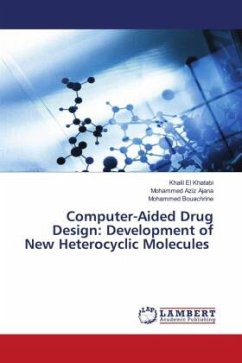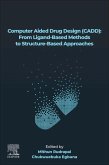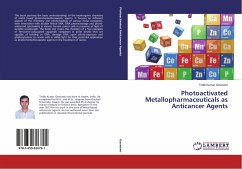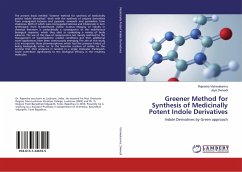Microtubules are tube-shaped, filamentous and cytoskeletal proteins that are essential in all eukaryotic cells. Microtubule is an attractive and promising target for anticancer agents.Three-dimensional quantitative structure activity relationships (3D-QSAR) including comparative molecular field analysis, CoMFA, and comparative molecular similarity indices analysis, CoMSIA, were performed on a set of 45 (E)-N-Aryl-2-ethene-sulfonamide analogues as microtubule-targeted anti-prostate cancer agents. Automated grid potential analysis, AutoGPA module in Molecular Operating Environment 2009.10 (MOE) as a new 3D-QSAR approach with the pharmacophore-based alignment was carried out on the same dataset.Virtual screening was performed based on pharmacophore modeling and molecular docking to identify the new inhibitors from ZINC database Seven top ranked compounds were found based on Gold score fitness function. In silico ADMET studies were performed on compounds retrieved from virtual screening in compliance with the standard ranges.







![Pyrazoles and Pyrrolo[3,2-c]pyridines as Anticancer Agents Pyrazoles and Pyrrolo[3,2-c]pyridines as Anticancer Agents](https://bilder.buecher.de/produkte/36/36403/36403899n.jpg)
